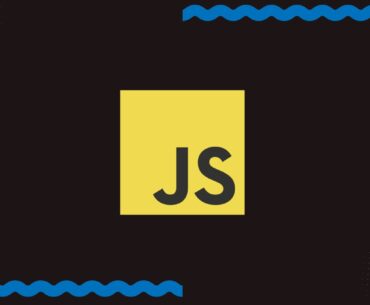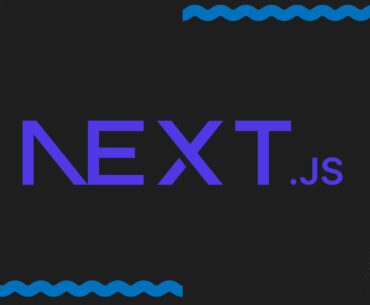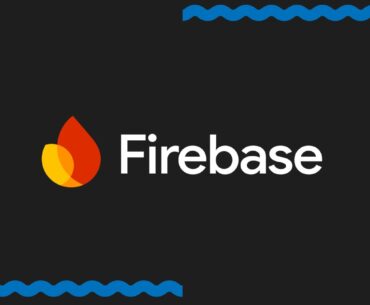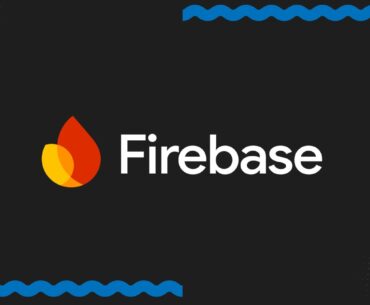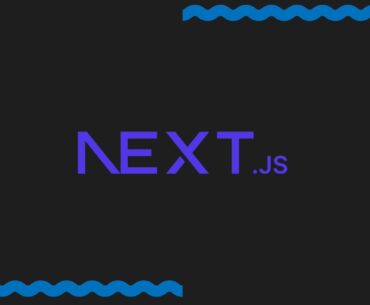In the early days of ARPANET and early Internet, hosts were tracked in a simple flat file (like HOSTS.TXT) listing names and numeric addresses. As the network expanded, that approach became unscalable. The Domain Name System (DNS), introduced in the early 1980s (Mockapetris’s RFC 1034/1035), replaced that flat…
DNS—short for Domain Name System—was created in the early 1980s to replace brittle host files and make Internet naming scalable and decentralized. Paul Mockapetris designed the core architecture, later standardized in RFCs 1034 and 1035, which define the hierarchical namespace, resource records, and the separation between authoritative servers…
Vercel is a cloud platform that lets you build, preview, and ship web frontends with minimal configuration. The company began in 2015 as ZEIT, focusing on serverless deployments for JavaScript apps, and rebranded to Vercel in April 2020 to emphasize a streamlined “develop → preview → ship” workflow…
You hit SyntaxError: Cannot use import statement outside a module because your runtime treats a file as CommonJS (CJS) while your code uses ECMAScript module (ESM) syntax. This guide walks you through reproducible fixes in Node.js and common tooling (TypeScript, Jest, and friends), plus how to reason about…
Here’s a detailed, practical guide to deploying and self-hosting SedonaDB on DigitalOcean. I assume you already understand the basics of SedonaDB (its geospatial-native design, SQL/Python APIs, etc.). If not, you may want to read the intro we drafted earlier. Before you begin, make sure you have an active…
Geospatial data is now woven into nearly every modern application, from navigation and logistics to urban planning and climate modeling. Yet most analytical databases treat location as an optional add-on, bolted in through extensions or external libraries. The Apache Sedona community has long pushed against that model, offering…
Perplexica is an open-source AI search engine that blends web retrieval (via SearxNG) and large language models (LLMs) to generate concise answers with cited sources. It aims to mimic the user experience of Perplexity.ai but in a self-hosted, privacy-preserving way. You can host your own version, choose which…
Building web applications in Go is a rewarding experience: the language is fast, reliable, and well-suited for servers. If you’ve tried Fiber—a lightweight framework inspired by Express—you know how quickly you can spin up routes and APIs. But development is only half the story. At some point, you…
When you build a Next.js app and add custom fonts, the font files often become a critical path resource: slow downloads, layout shifts, or flashes of unstyled text degrade both perceived and objective performance. In earlier setups, you’d include <link> tags to Google Fonts or host your .woff2…
You’re seeing this error because the Firebase Web SDK is a browser library and Next.js does server-side rendering by default. When Node.js renders your component, document doesn’t exist—so importing or running firebase/auth on the server triggers ReferenceError: document is not defined. You’ll fix it by isolating all Firebase…
When a user signs in via Firebase Authentication, the system issues two relevant tokens: Because ID tokens expire, your client or server logic must detect expiration (or preempt it) and trigger a refresh so as not to interrupt the user experience. One helpful fact is: the Firebase Auth…
Passwordless “magic links” let users authenticate by clicking a secure link delivered to their inbox—no passwords to forget, reset, or leak. In this guide, you will wire up email-link sign-in with Firebase Authentication, finish login on your server to mint an HttpOnly session cookie, and protect pages in…








